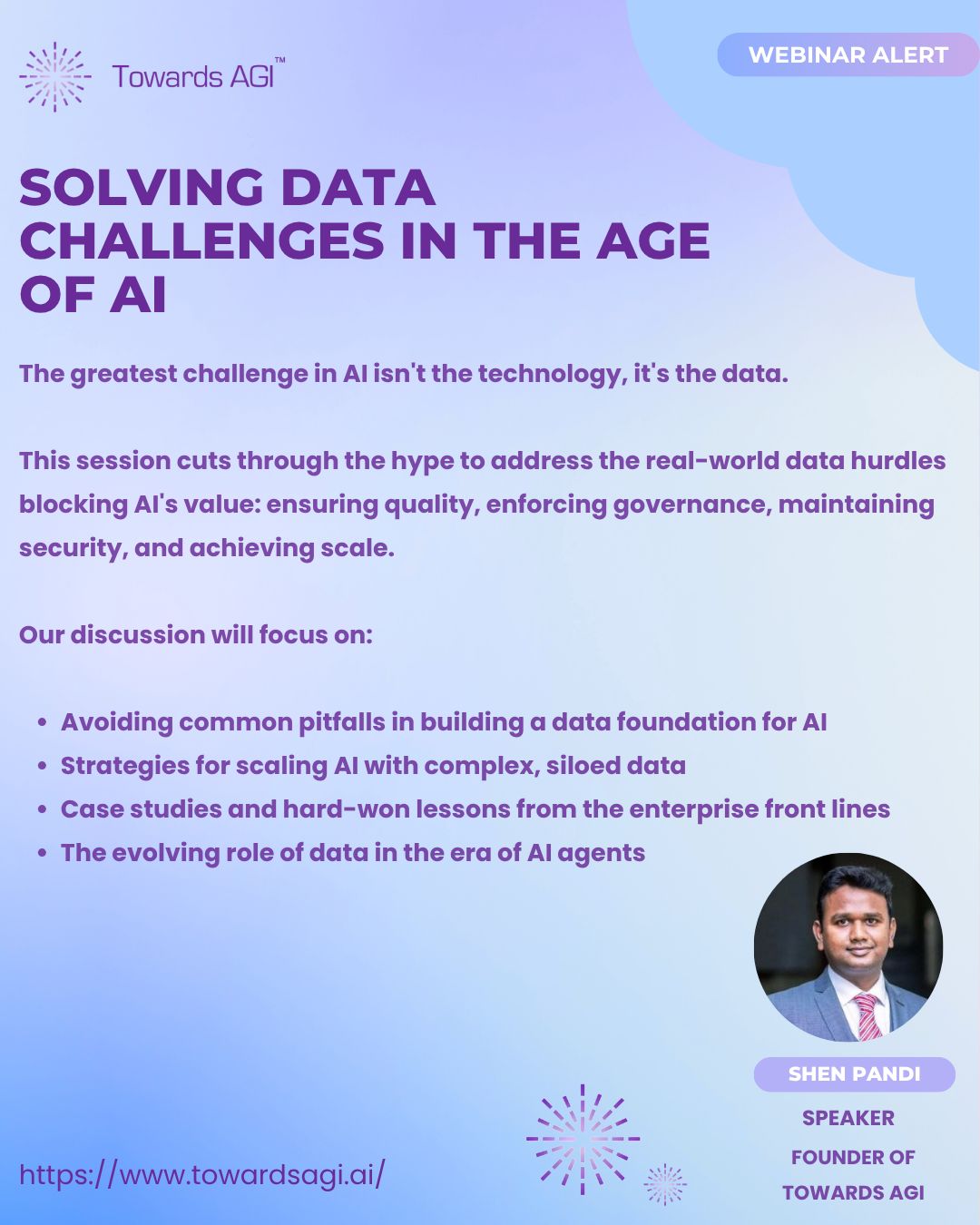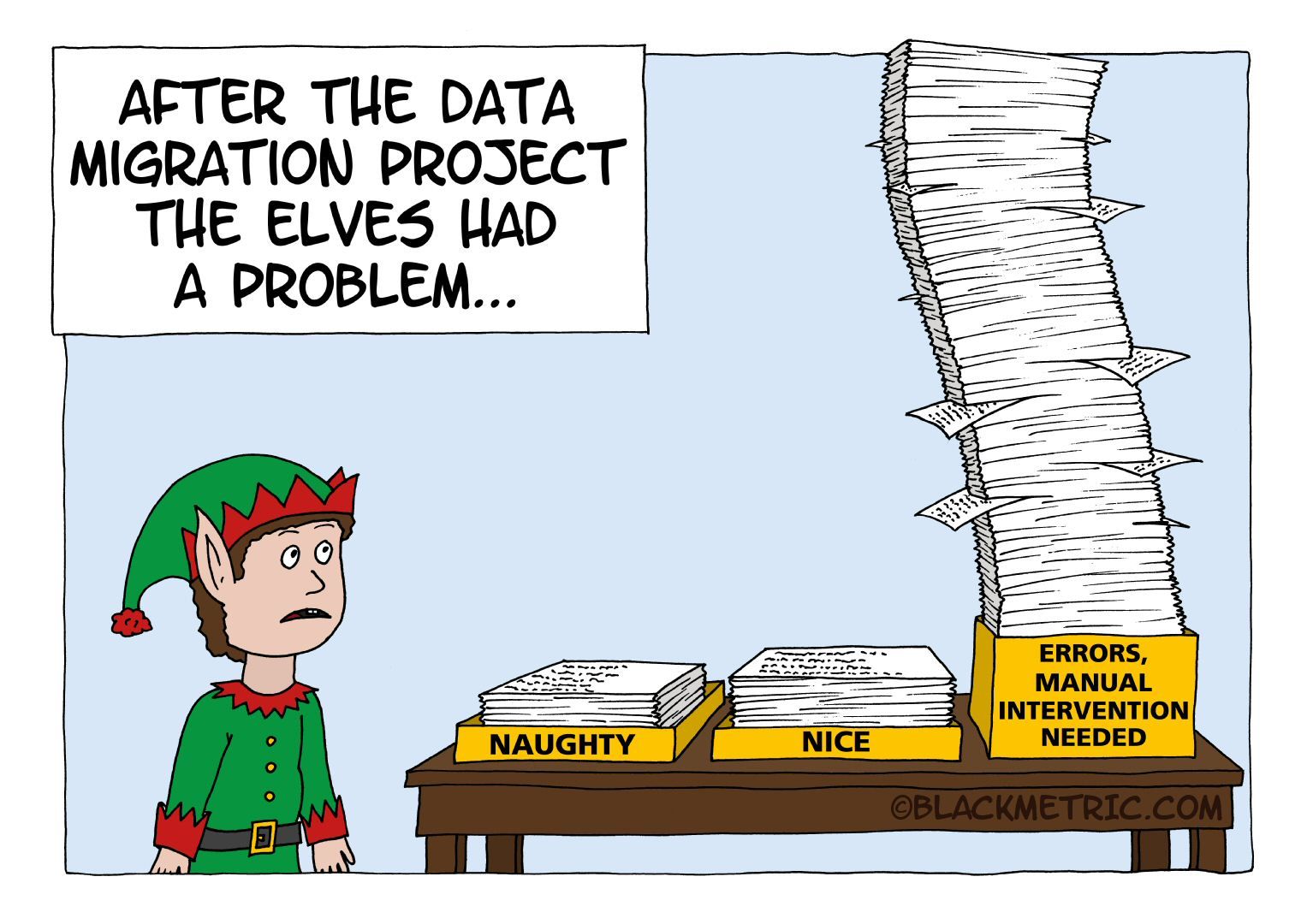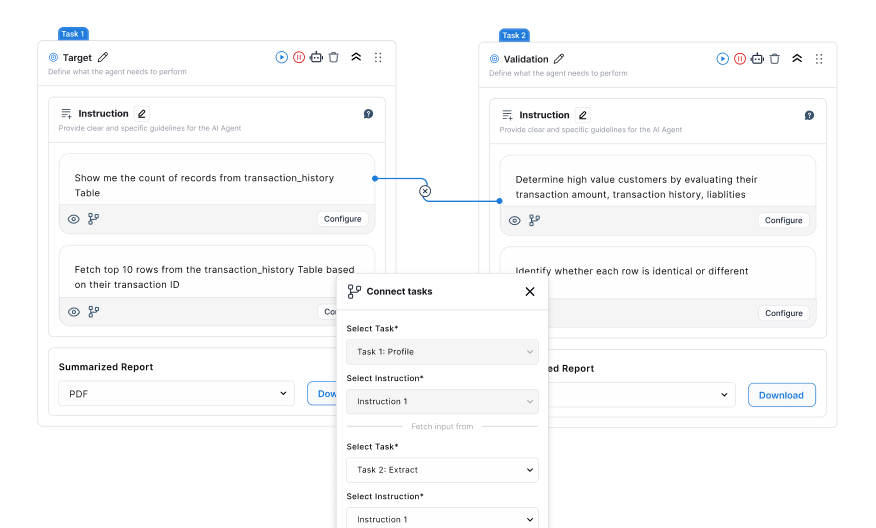- DataMigration.AI
- Posts
- Your Company's Biggest Unseen Risk? The Security of Your Data Migration
Your Company's Biggest Unseen Risk? The Security of Your Data Migration
The C-Suite's Next Major Hurdle.
What’s in it?
Secure data migration is now a critical boardroom priority that determines operational continuity, reputation, and competitive survival.
The massive scale of cloud adoption and digital transformation spending is driving an unprecedented wave of enterprise data migration.
The cost of migration failure, as seen with TSB and Marriott, far exceeds the investment required to execute it correctly from the start.
Industries like financial services and healthcare lead in secure migration due to their high regulatory stakes and impact on customer trust or patient safety.
The financial impact of failure is severe, with IT disruptions costing thousands per minute and compliance penalties reaching up to 6% of global turnover.

Only a few spots left. Hurry up!
Data has become the lifeblood powering your organization's very existence - as essential to your operations as electricity is to a modern city. Every customer transaction, compliance record, research breakthrough, and strategic decision depends entirely on your ability to properly store, secure, and access critical information.
Yet when your enterprise faces the inevitable need to move this precious asset across systems - whether during cloud transformation, mergers and acquisitions, or digital modernization initiatives - the stakes multiply exponentially.
Secure data migration has quietly evolved from a technical IT concern to one of your most pressing boardroom priorities, determining not just operational continuity but your company's market reputation, customer trust, competitive positioning, and long-term survival.
Understanding the Immense Scale of Your Migration Challenge
The magnitude of the challenge confronting your organization is truly staggering. Current projections indicate the global cloud computing market will reach USD $5.15 trillion by 2030, representing an unprecedented wave of data migration activity across every industry sector.
Simultaneously, IDC forecasts worldwide digital transformation spending will approach $4 trillion by 2027, underscoring the massive scale at which enterprises like yours are modernizing infrastructure and transferring critical business data.
Looking back: the CFPB’s Oct ’24 data portability rule was a turning point for U.S. finance.
By 2026, major banks must transfer customer data on request. The goal: competition. The risk: massive volumes of sensitive data in motion.
Trust requires consent, governance, and
— Ethyca (@ethyca)
2:11 PM • Oct 9, 2025
Despite years of transition from paper-based records to digital platforms, most organizations still have substantial migration projects pending, creating complex multi-phase transitions that demand meticulous planning and execution.
The financial implications of migration missteps should command your serious attention. The consequences extend far beyond simple technical failures into the realm of substantial business impact.
Consider the sobering statistics:
IBM's 2024 Cost of a Data Breach Report establishes the average incident at $4.4 million globally, with costs escalating dramatically when migrations expose security vulnerabilities or create compliance gaps.
Real-world examples provide even more compelling evidence. The British bank TSB's catastrophic IT migration failure in 2018 left 1.9 million customers locked out of their accounts, ultimately costing the organization over £330 million in compensation, regulatory fines, and remediation expenses while devastating customer trust built over decades.
Similarly, Marriott International's acquisition of Starwood led to a massive data exposure affecting 500 million guests, resulting in significant GDPR penalties and lasting reputational damage that continues to impact the brand years later.
These cases represent more than isolated incidents - they serve as powerful cautionary tales demonstrating conclusively that the cost of getting migration wrong dramatically exceeds the investment required to execute it properly from the outset.
Why This Demands Your Executive Leadership?
Across the global business landscape, industries handling the most sensitive and regulated data are leading the way in treating migration as a strategic priority rather than a technical implementation. Their experiences provide valuable lessons for your organization's approach:
If your organization operates in financial services, you already understand that migrating from legacy mainframes to cloud-native platforms involves far more than technology transfer. Each step carries potential regulatory consequences and systemic risks that could compromise customer trust - your most valuable business asset.
The margin for error is virtually nonexistent, and the consequences of missteps extend beyond your organization to impact broader financial system stability.
For healthcare organizations, the stakes are equally high but manifest differently. With approximately 70% of hospitals worldwide actively modernizing IT systems and patient data volumes doubling every 73 days, secure data migration transcends technical implementation to become a genuine patient safety issue.
The integrity of medical records, treatment histories, and diagnostic information during transfer directly impacts care quality and outcomes, making migration success a clinical imperative rather than just an IT project.
Multi cloud including on prem and collocation is the clear trend. Somewhat driven by the growth in AI inference and data gravity, 83% of enterprise CIOs in Barclays survey plan to repatriate at least some workloads in 2024, up from low point of 43% in 2020 H2.
— Michael Dell 🇺🇸 (@MichaelDell)
7:00 PM • Apr 17, 2024
Your relationship with technology hyperscalers like Microsoft, Google, and Amazon Web Services introduces additional complexity. While these partners provide essential migration tools and infrastructure, they also create significant concentration risk that demands your strategic oversight.
Many of your fellow CIOs express concern about vendor lock-in even while acknowledging the lack of comparable alternatives at scale. This reality requires you to develop migration strategies that ensure security and compliance while maintaining flexibility across multiple cloud ecosystems.
The Catastrophic Consequences of Migration Failure
When migration initiatives fail or encounter significant problems, the negative impacts permeate every aspect of your business, extending far beyond temporary technical disruptions:
The immediate financial implications should capture your immediate attention. Research from Enterprise Management Associates indicates that companies experience substantial revenue losses during major IT disruptions, with costs ranging from $3,637 to $23,750 per minute depending on organizational size and industry.
These figures translate into potential losses measured in the millions for even relatively brief outages, creating direct hits to profitability and shareholder value that resonate through multiple quarters.
The regulatory landscape introduces another dimension of risk that demands your proactive management. Your organization must navigate an increasingly complex web of data protection regulations, including GDPR, India's Digital Personal Data Protection Act, and various sector-specific compliance frameworks.
> wrong database selected
> (8388409 rows affected)— Carlos Alberto Haro (@haro_ca_)
4:17 PM • Sep 11, 2024
These regulations continue evolving to address emerging technologies like AI and new threats, including sophisticated identity theft schemes. Non-compliance during migration activities can trigger penalties reaching up to 6% of global annual turnover - a substantial financial impact that could potentially threaten your organization's viability.
Perhaps most damaging are the reputational consequences that follow migration failures. Comprehensive studies reveal that 42% of consumers become hesitant to continue using services after experiencing data breaches or significant service disruptions.
The trust your organization has built over years or decades can evaporate in moments when migrations go wrong, triggering customer abandonment that no marketing campaign or retention program can effectively reverse.
The resulting churn creates immediate revenue impact while forcing your organization to shift resources from innovation and growth to damage control and reputation repair.
Transforming Migration from Risk to Competitive Advantage
While the risks demand your careful attention, a properly executed migration strategy delivers transformative benefits that extend far beyond risk mitigation:
Your organization gains unprecedented operational agility through successful migration to modern platforms. Companies completing well-planned transitions typically reduce application development and launch timelines by 40-60%, creating substantial competitive advantages in bringing new products and services to market.
This acceleration enables your business to respond more effectively to emerging opportunities and competitive threats.

The analytics capabilities unlocked through unified data platforms deliver equally impressive benefits.
Retail organizations implementing comprehensive migration strategies frequently achieve demand prediction accuracy rates approaching 90%, enabling dramatically improved inventory management, reduced waste, and enhanced customer satisfaction through better product availability.
These capabilities translate directly into improved margins and market share growth.
Your operational efficiency reaches new levels through migration-enabled visibility. Organizations implementing advanced monitoring and management tools typically reduce supply chain delays by approximately 20% while improving delivery reliability by 30%.
This enhanced transparency allows your organization to anticipate and navigate geopolitical disruptions, logistical bottlenecks, and supplier issues that previously caused significant production interruptions and customer service failures.
Making Migration Your Boardroom Priority
The evolving landscape demands a fundamental shift in how your organization perceives and manages data migration. Recent industry analysis confirms that 82% of Chief Information Security Officers now report directly to CEOs rather than through technical management chains, underscoring the elevated importance of data security and integrity in strategic planning.
The World Economic Forum's 2025 Global Risks Report further emphasizes this priority by identifying data migration failures as a significantly underappreciated threat to global business resilience and continuity.
The message for your boardroom and executive leadership team is unequivocal: data migration can no longer be treated as a technical implementation detail delegated to IT departments.
It has emerged as a core strategic capability that directly influences your competitive positioning, regulatory compliance, customer trust, and ultimately your organization's valuation and market success.

This is precisely why a platform like DataManagement.AI is essential; it elevates data migration from a risky, one-off IT project to a repeatable, governed, and intelligent business process.
Our platform provides the unified control plane you need to ensure every migration is executed with precision, security, and full visibility, turning a potential vulnerability into a verifiable competitive advantage.
Your Strategic Crossroads
Your organization stands at a critical decision point that will significantly influence future performance and market positioning. The potential downside of poorly executed migration initiatives includes catastrophic financial consequences, regulatory penalties, and reputational damage that could take years to overcome.
Conversely, the upside potential of well-planned and securely executed migration encompasses enhanced agility, accelerated innovation, improved operational efficiency, and sustainable competitive advantage.
The central question facing your leadership team is not whether to undertake necessary migration initiatives - market forces and technological evolution make these transitions inevitable.
The critical determination is whether your organization will approach migration as a technical risk to be minimized or as a strategic opportunity to be maximized. Your business fundamentally depends on data integrity and availability.
Secure, well-executed migration has emerged as a pivotal capability driving organizational resilience and growth. In the boardrooms of successful future enterprises, migration strategy will be recognized not as an IT project but as a fundamental business discipline that separates market leaders from their competitors.
Thank you for reading
DataMigration.AI & Team